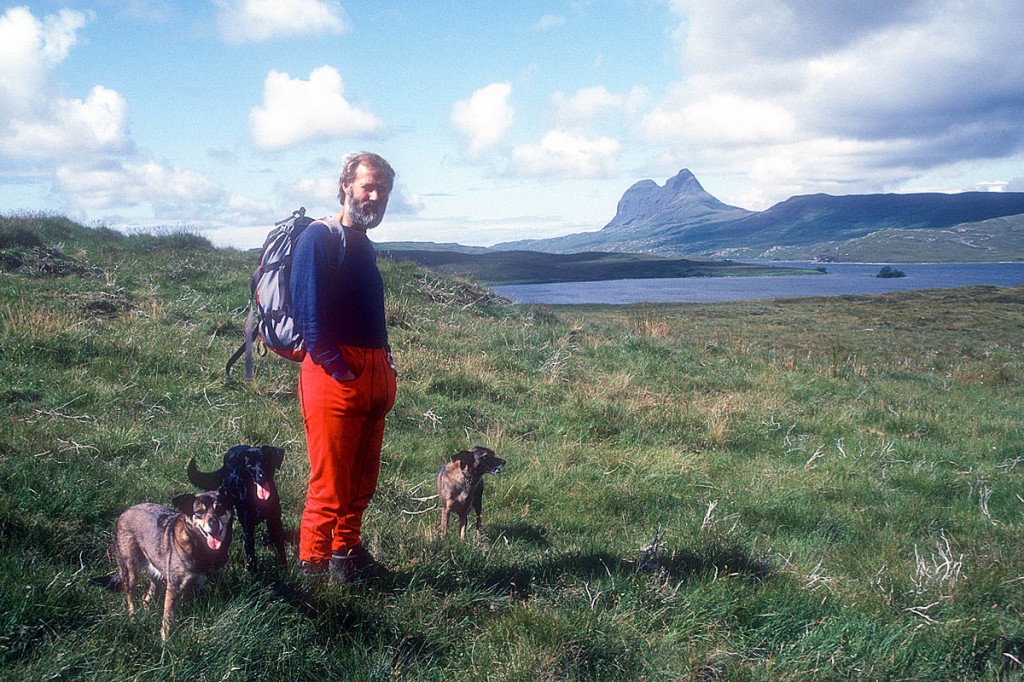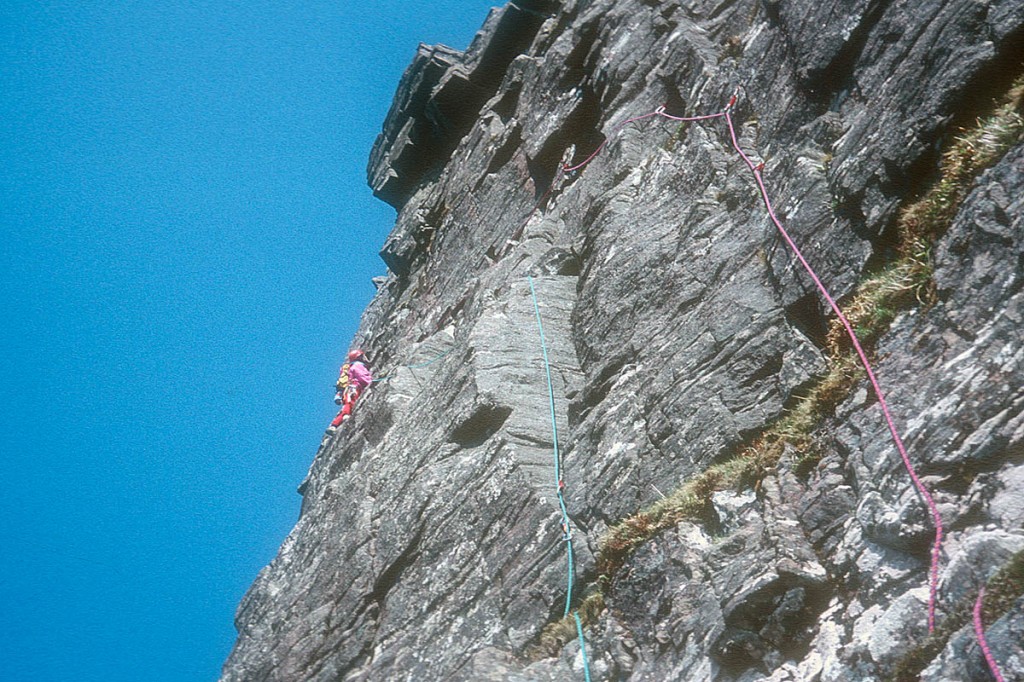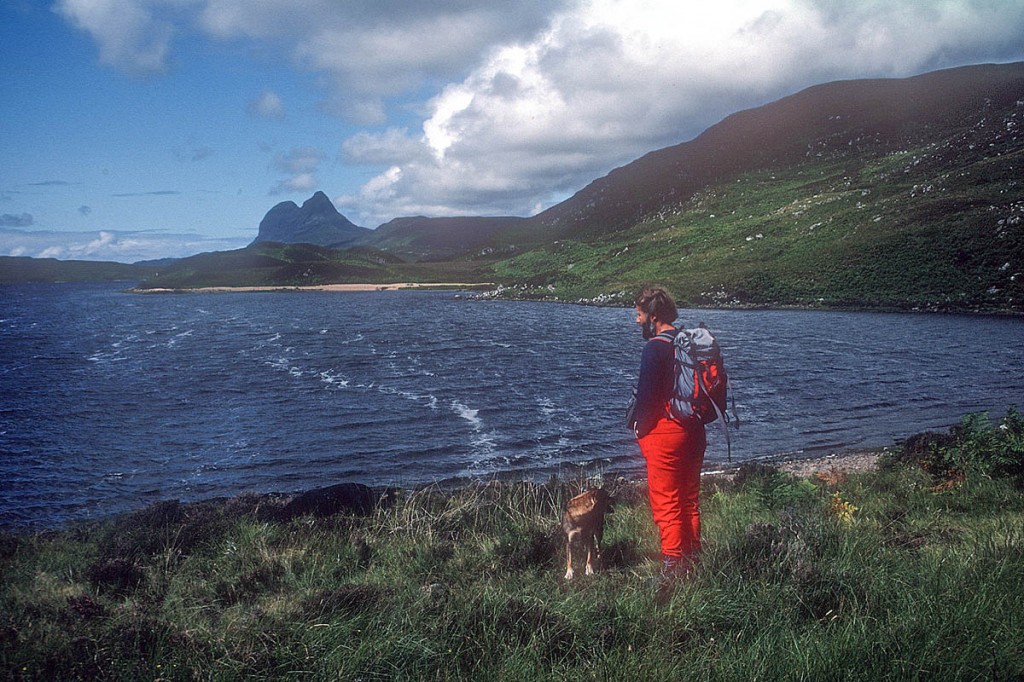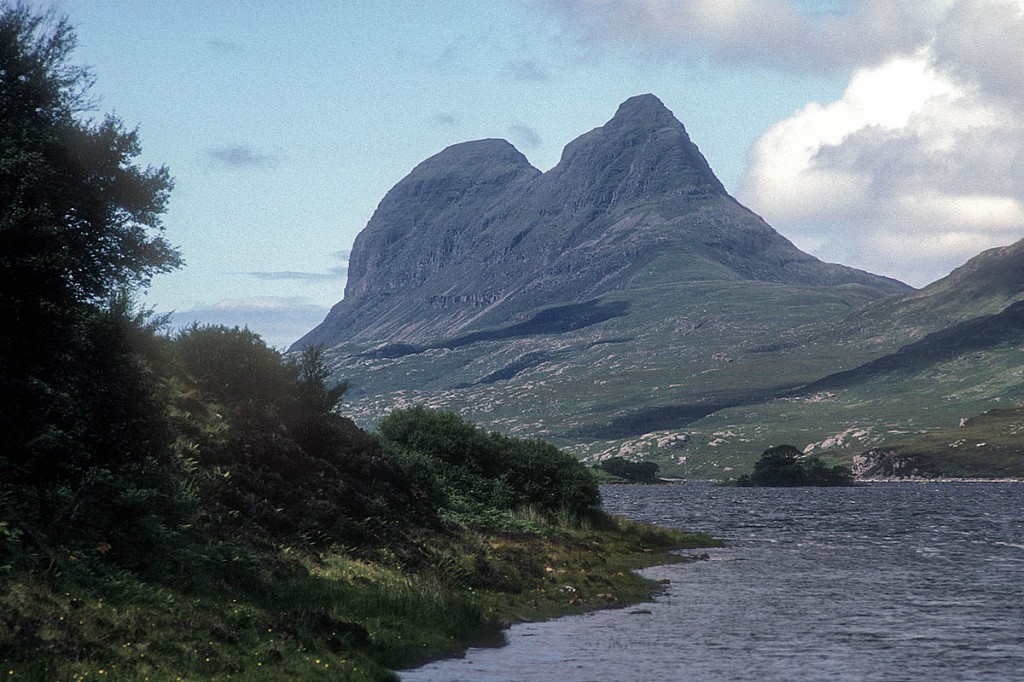Mountaineering elder statesman Sir Chris Bonington is urging outdoor fans to vote for a ‘magical’ Highlands mountain in a bid for conservation cash.
The 81-year-old Everest summiteer is backing the campaign to secure £18,000 of funding for footpath restoration on Suilven.
A project for the work on the Assynt peak is in the running to win the grant from the European Outdoor Conservation Association in a competition that pits it against a campaign to remove obsolete mountain fixtures in France, an Alpine conservation project in Italy, a gorilla monitoring scheme in Rwanda and a forest-restoration project in the Pyrenees.
The John Muir Trust is bidding to win its share of the €90,000 total pot for the Suilven project, which was nominated by EOCA member Berghaus, of which Sir Chris is chairman.
The Cumbria-based climber has fond memories of his own adventures on Suilven and has backed the project. Out of 92 applications from 58 different countries, it is the only one from the UK that has been shortlisted for the online public vote.
Sir Chris has climbed and explored in countless locations around the world for more than 60 years but his recollections of visits to Suilven remain very vivid. Bonington first walked and climbed on the now community-owned mountain in Assynt in the far north-west of Scotland in 1952, while still at school. Over the years, he has traversed Suilven four times and has put up two new climbing routes, but his strongest memory is still of his first visit.
He said: “The most magical walk I have ever known was on Suilven in 1952. I was still at school and I was climbing with a young undergraduate, staying in bothies, and we did this walk and climb humping all our gear with us.
“We walked in from Lochinver, dumped our rucksacks at the foot of the west buttress of the mountain, started up the only route, rather inadequately described, and quickly lost it to make one of our own to the top.
“I will never forget that view looking south over Loch Sionascaig. We then returned to our sacks, picked them up and headed south on the east side of the loch, all the way, pathless, to the eastern end of Stac Pollaidh. There, we found a bothy at about 3am, grabbed a few hours’ sleep and then climbed Stac Pollaidh – total magic which I shall never forget.”
The path restoration work on Suilven, which is expected to cost about £200,000, will be carried out by the John Muir Trust and the Assynt Foundation, under the umbrella of the Coigach-Assynt Living Landscape partnership. It will set out to restore an eroded 2.5km section of the route to conserve the mountain’s unique geological heritage, while maintaining public access to a remote mountain whose steady stream of visitors helps support tourism businesses in the local communities scattered across Assynt.
EOCA is a not-for-profit environmental outdoor charity with more than 120 national affiliates across the continent.
Berghaus is a member and supporter of the association and nominated the Suilven path restoration project in the Alpine category for projects located at high altitude. The online poll will stay open until noon on Monday 19 October and Suilven faces competition from the four other nominees.
Along with words of support, Sir Chris has shared a series of images from his library from visits to Suilven in 1986 and 1990, including photos of him making the first ascent of a route called The Bloom on the mountain’s west buttress.
Bonington hopes that circulating the images will help highlight the enduring beauty and drama of Suilven and the surrounding area, encouraging more people to vote for the path restoration project.
He said: “There are so many amazing wild places that it is almost impossible to favour one over another, but Suilven does mean an awful lot to me.
“It is magnificent from any aspect, rising up dramatically from the bedrock, and it is not easy to get to, with any trip there involving a good long walk in. Suilven is a very special place, in a wonderful setting, and I urge the public to back the John Muir Trust’s important path restoration project there.”
Suilven’s name is part Norse and part Gaelic. Sula is the Norse word for pillar or column, which is what Suilven resembles from the seaward side. It is the most distinctive landmark north of the Great Glen, a giant signpost that has guided travellers for millennia.
Since the community buy-out of the Glencanisp estate in 2005 by the Assynt Foundation, Suilven has been a community-owned mountain.
You can vote for online on the European Outdoor Conservation Association’s website.




Graham Hanson
04 September 2017Is this the path from Lochinver OR Inverkirkaig ?